Search Images
Browse Content (p. 1384)
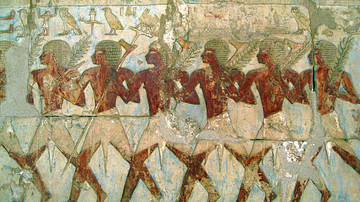
Image
Egyptian Soldiers
Egyptian soldiers carrying axes and branches. A relief from the tomb of Hatshepsut depicting the expedition to the Land of Punt (1493 BCE), Deir El-Bahri.
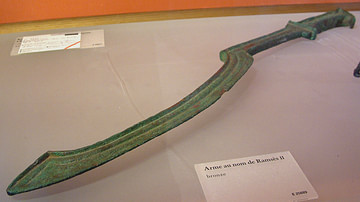
Image
Egyptian Bronze Sword
Bronze sword from Egypt, c. 1200 BCE.
Louvre Museum, Paris.
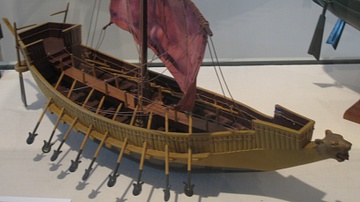
Image
Egyptian Warship Model
A model of an Egyptian warship, c. 1200 BCE. (National Maritime Museum, Israel)
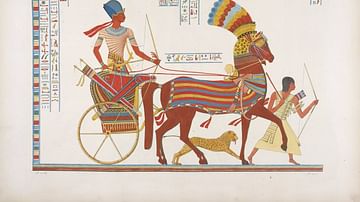
Image
Egyptian War Chariot
An illustration of what an Egyptian war chariot may have looked like.
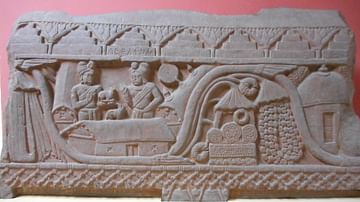
Image
Sasa Jataka Narrative Sculpture
Coping stone fragment depicting a scene from the Sasa Jataka, identified by the inscription at the top. Now housed at the Allahabad Museum, Allahabad, this narrative sculpture is about a story where the Bodhisattva is born as a rabbit and...
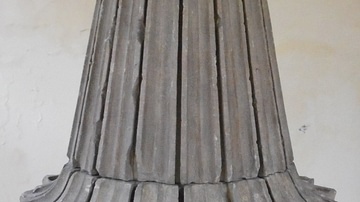
Image
Abacus of an Ashokan Pillar
Abacus of an Ashokan Pillar. Allahabad, Uttar Pradesh, India, 3rd century BCE.
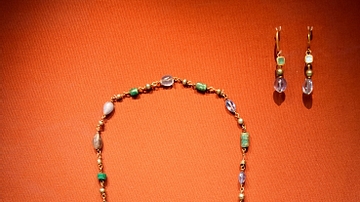
Image
Parure of Jewellery from the Carthage Treasure
Matching sets of jewellery (parures) are rare finds from the Late Roman Period. This set of a necklace and earrings combines rock emeralds, sapphires, and pearls threaded on gold wire. Approximately 50 years after this jewellery was made...
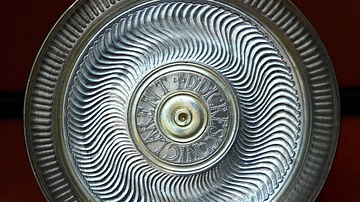
Image
Inscribed Dish from the Carthage Treasure
The Latin inscription on this dish, reading D.D.ICRESCONI CLARENT ("Gift given to the distinguished Cresconii"), identifying the family who owned the Carthage Treasure as Cresconii. They were prominent North African family of the 300s to...
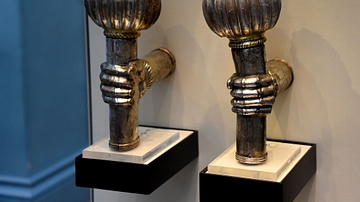
Image
Silver Furniture Ornaments from the Esquiline Treasure
These probably formed the terminals to the arm-rests of a chair. Each is in the form of a forearm , with a twisted band around the wrist, and hand gripping a sceptre. The elaborate gilding and the sceptre imagery implies that the owner was...
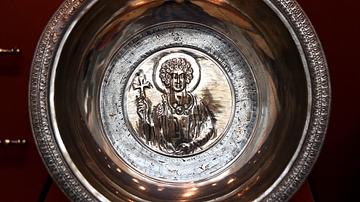
Image
Bowl from the Cyprus Treasure
This vessel, decorated with Christian imagery may have been used in religious ceremonies. The figure depicted may be the Christian martyr Saint Sergius, a high-ranking soldier who was tortured and executed during the prosecutions of Emperor...